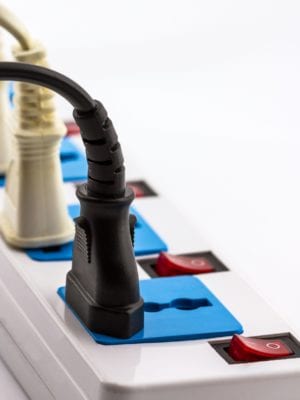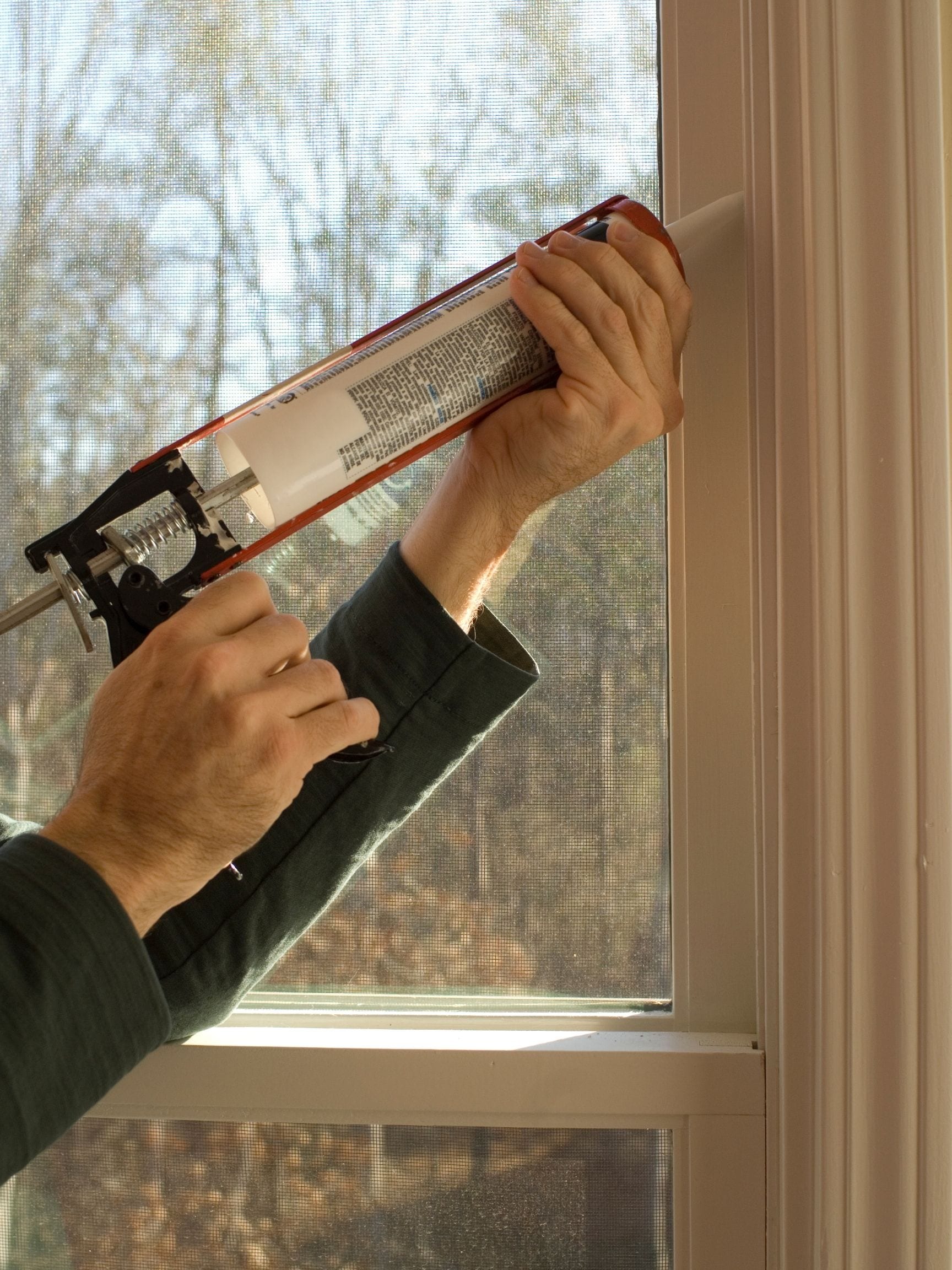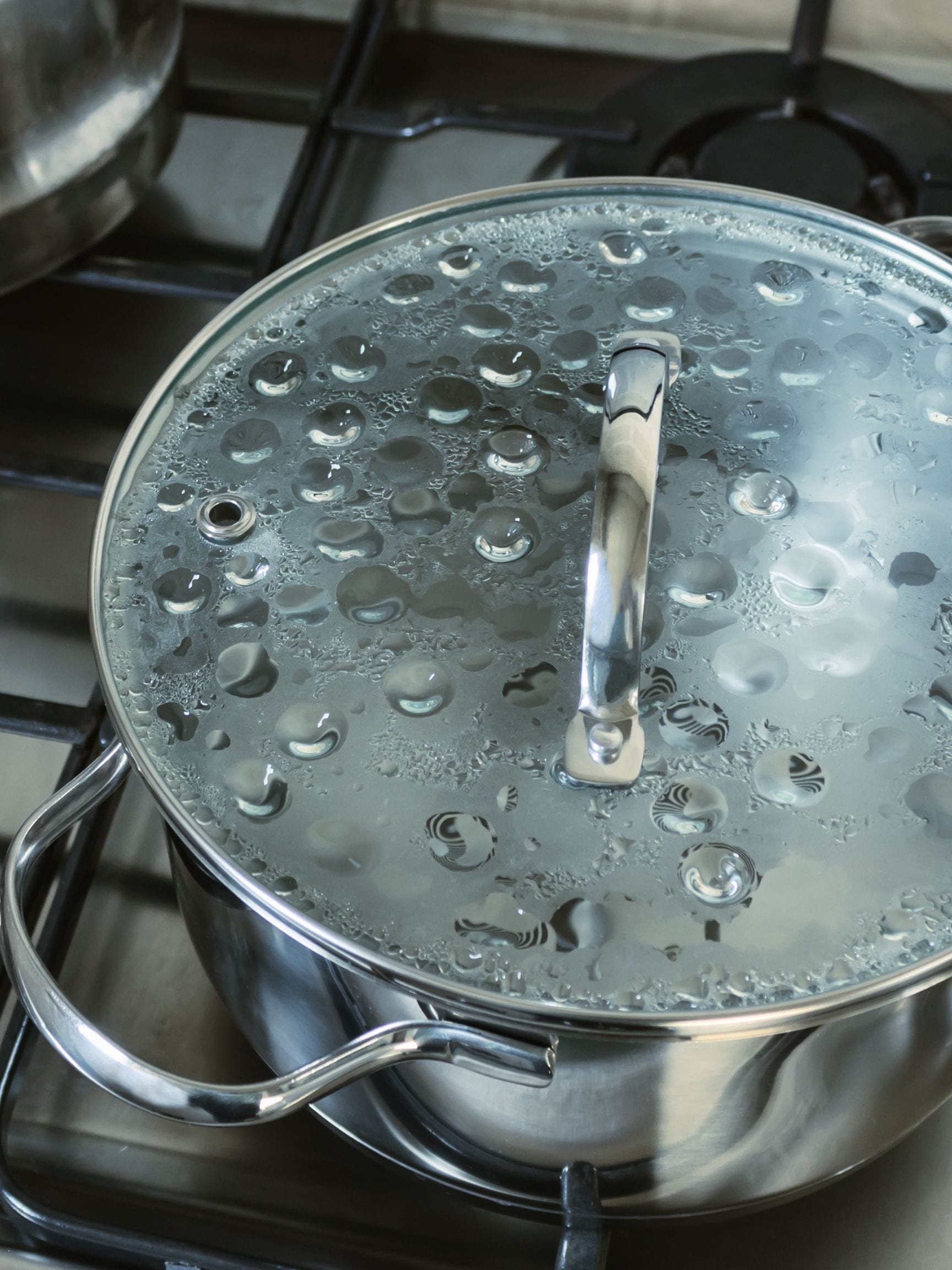1. Switch to LED Lights
Installing LED lightbulbs is possibly the easiest and most cost-effective way to reduce your electricity bills. LED, or light-emitting diode, bulbs can use 25% to 80% less energy and last 3 to 25 times longer than incandescent bulbs.
Consider using LED holiday lights for your indoor and outdoor displays. LED light strings are much safer than incandescent because they emit less heat, are less likely to overload a wall socket, and have lenses made of epoxy rather than glass. A 30’ LED light string consumes 40 times less electricity than an incandescent light string. Over the entire holiday season in Alaska, this could equate to over $15 in energy savings. Over a 40-season lifespan, each 30’ light string could save you $600!
Follow these links to learn more about LED basics and efficiency.

2. Control Phantom Loads

Forget about the Grinch, Krampus, and Scrooge. The real ghouls this winter are phantom loads. A phantom load is the electricity drawn by devices and appliances that are turned off or in standby mode. TV’s, DVD players, video game consoles, power supply cords, and devices that use a remote or have standby light or clock are all notorious for drawing phantom loads. Phantom loads can represent up to 6% of residential electricity use!
Luckily, there are some ways to mitigate phantom loads:
- Use a power strip that allows you to cut power to appliances when not in use.
- Smart power strips will automatically cut power when a device is off!
- Unplug unused devices or chargers that are plugged directly into the wall.
- Use the sleep function!
- Invest in Energy Star rated appliances.
3. Insulate your Hot Water Heater
Domestic hot water (DHW) represents the second largest draw of energy in your home behind space heating. In Alaska, DHW can account for 10% to 16% of your energy usage. Decreasing your water heater temperature from 140°F to 120°F could save 6% to 10% on your energy bill.
Once you’ve reduced your tank temperature, wrap your water heater in a tank insulation blanket. These blankets increase the R-value, or heat loss resistance, of your water tank and can save you 7% to 16% annually on your energy bills.
Check out this Department of Energy article describing the savings water heater blankets can provide!
4. Seal the Gaps
Convective heat loss is a major energy waste in our homes. Even small gaps around window and door frames will allow warm air to leak out of your house, causing chilly drafts and moisture buildup. A simple way to detect air leaks in your home is to light an incense stick and watch where the smoke wavers.
Use caulk to fill gaps less than ¼” wide around your windows and doors. If you have gaps larger than ¼”, consider using low expansion foam, replacing weather stripping, or installing door sweeps or draft stoppers.

5. Put your Block Heater on a Timer

Below 20°F, engine oil stiffens making it hard for the engine to start. Engine block heaters are simply heating elements that will keep this liquid less viscous. Warming the oil before starting will not only decrease wear and tear on your vehicle’s engine and increase engine life, but will also reduce your vehicle’s emissions up to 60% during the first ten minutes of run-time. This leads to less gas burned and less CO2 emitted into your community.
And yes, plugging your car in on chilly nights does use more electricity. But, block heaters only need to be plugged-in for about two hours before starting the engine. If you use an outdoor timer you can plug your vehicle in before bed and the heating element won’t turn on until two hours before your morning commute. This simple measure can save you dollars per day on your electricity bill!
For a local insight on engine block heaters, check out a great Alaska Public Media article here.
6. Spending Time Away from Home?
Whether you’re planning an elongated vacation or spending a night at your local public land’s cabin, there are steps you can take to minimize your home energy usage while you’re away:
- Turn the heat down! Turning the thermostat to 50°F can save you 30% on your heating bill.
- Decrease your hot water heater temperature. Many tank heaters will have a “Vacation” setting that will hold the water temperature at 50°F.
- Unplug the phantom loads and use timers for any lights you want to leave on for security.
- Close the blinds or curtains to reduce conductive heat loss through your windows.
Check out Education Director Colleen Fisk’s guide to reducing energy costs while away here.
7. Manage the Moisture
It takes more energy to heat humid air. Condensation on windows and pipes, mold growth, and water damage are all signs that there is too much moisture in your home. There are several things you can do to limit the moisture created indoors so your heater isn’t working harder than it needs to:
- When boiling water for tea, coffee, or cocoa, be sure to put a lid on your stovetop pot/pan and run the exhaust fan.
- Close the bathroom door and run the fan during and after a shower or bath. Keep the humid air trapped in one room until it has dissipated.
- If indoor moisture is still a problem, consider buying a dehumidifier.

8. Time your Heat Tape
Wrapping water pipes in heat tape is an important measure for many Alaskan homeowners to take. But there’s no need for the tape to be on 24/7, even in interior communities. Consider using a digital timer to regulate your heat tape’s electricity draw. A simple 10 minutes on, 10 minutes off interval will keep your water running while using half the electricity.
There are many ways to save energy during the winter and there is no singular resource for gathering energy saving tips. Here are a few more suggested resources to read while sipping your cocoa next to a crackling woody biomass heater.
- For Alaska-specific tips:
- Alaska Energy Authority and Alaska Housing Finance Corporation “Energy Savers Tips for Alaska” booklet
- AK Energy Smart “10 Easy Ways to Save Energy in your Home” flyer
- For COVID-specific tips: